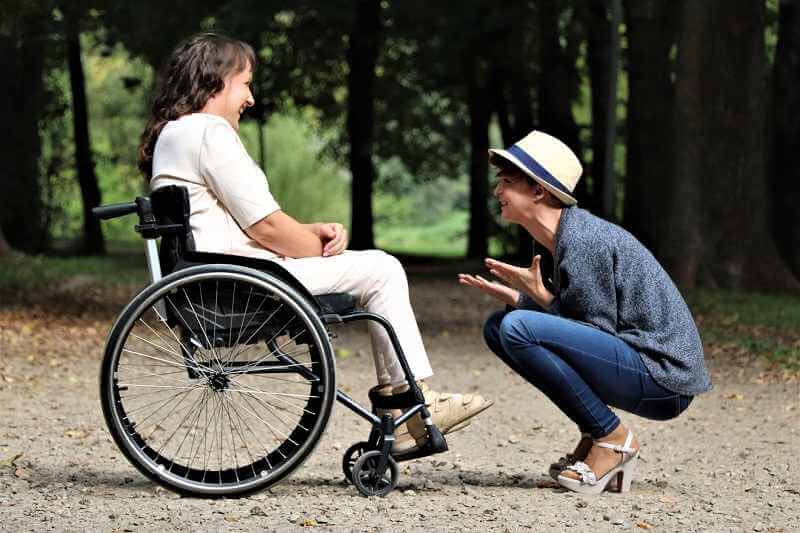To ensure your child remains safe while they’re exercising and having fun, there are some simple things to keep in mind. As a disability care service provider, here ZedCare shares what you might need to know about the safe exercise tactics for the children.
You don’t usually need to worry about your child exercising too much – most children in Australia need to do more, not less exercise. An exception is if you are concerned, they are over-exercising to lose weight they do not need to lose, especially as they approach their teenage years.
What Disability Carers Speaks About How Much Exercise Is Right For Young Children?
Being physically active is good for children’s physical development, learning at school, and emotional health.
Children aged 5 to 12 years need to do at least 60 minutes of moderate to vigorous intensity physical activity every day. This should include a variety of aerobic activities as well as activities that strengthen muscle and bone.
It is important to encourage your child to get moving and to limit the time they spend sitting down. Children shouldn’t spend more than 2 hours in front of a screen per day.
How Much Exercise Is Right For Adolescents?
Young people aged 13 to 17 should do a variety of moderate to vigorous physical activity for 60 minutes each day. The more they do, the better – as much as 3 hours per day is fine.
‘Moderate’ physical activity means still being able to talk while doing it, as in swimming, social tennis, walking fast, riding a bike or dancing. ‘Vigorous’ physical activity will make you puff, as in jogging, aerobics, circuit training, cycling fast or organised sport.
Part of this physical activity should include exercise that strengthens bones and muscles, including sit-ups, push-ups, lunges and squats.
Adolescents don’t have to do the 60 minutes all in one go. Walking to the shops or train station, a school sports lesson and going for a walk with friends will all accumulate over the day.
They should try to break up long periods of studying with moving around, or meeting friends in person rather than online, and should limit the time they spend in front of a screen for entertainment (including television, seated electronic games, portable electronic devices and computers) to no more than 2 hours per day.
Warming Up Before Exercise
Warming up before exercise prevents injury by softening the muscles and making them more supple. Before exercise, encourage your child to warm up by:
- going for a slow jog, swim or cycle, or a quick walk
- stretching all the muscles they’re going to use (hold each stretch for 10-20 seconds, but never until it hurts)
- practising specific skills they are going to use, like hitting, kicking, throwing or catching
Cooling Down After Exercise
Cooling down after high-intensity exercise is important for relaxing and softening muscles. Also, during high-intensity exercise, waste products collect around the muscle tissue until they can be carried away by the lymphatic system. Cooling down after exercise helps the lymphatic system to do this.
After exercise, encourage your child to cool down by:
- gradually reducing the intensity (slow from a run to a slow walk – don’t just stop)
- stretching like they did in the warm-up, but holding the stretches for longer
- putting on warm clothes so they cool down slowly
For more information regarding disability care, do feel free to call our disability care provider at 1300 933 013
Courtesy: www.healthdirect.gov.au


